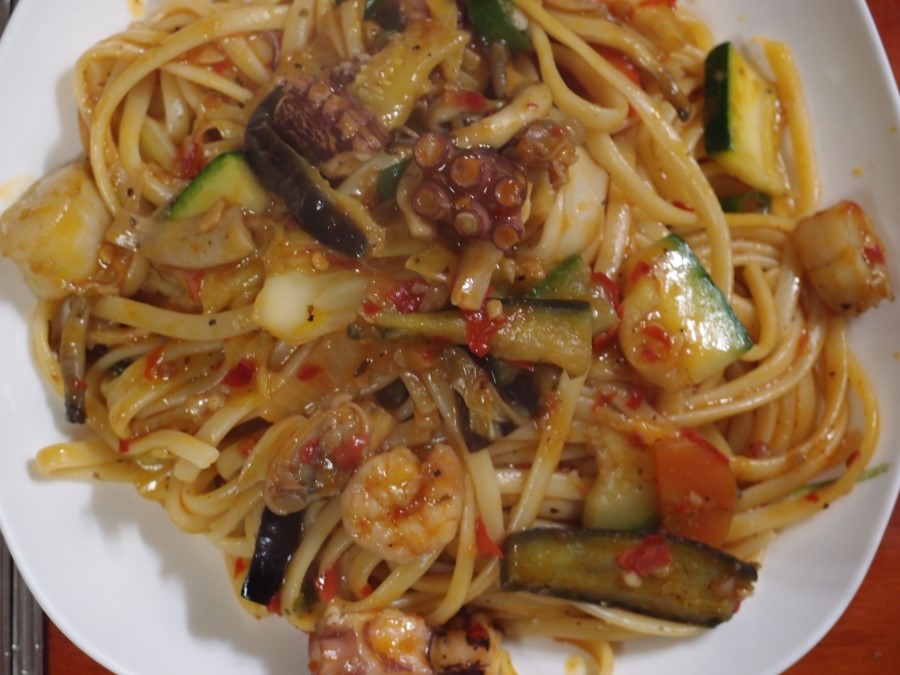
Making Chinese-style spaghetti
Chinese spaghetti flavored with soy sauce!!!! It is a spaghetti flavored with Duban, a spicy spaghetti and Chinese-style spaghetti on the spaghetti menu.
2 serving
Within 30 minutes
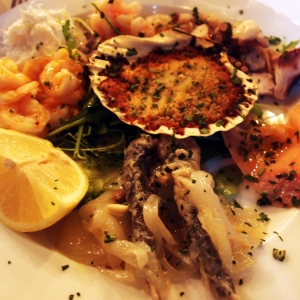
강철새잎
- Ingredients
-
-
If it's spaghetti2serving
-
Salt1t
-
olive oil1TS
-
crushed garlic1TS
-
leek1/3ea
-
Herb powder1t
-
olive oil2TS
-
vegetable.1bowl
-
the head of a team2TS
-
Seafood1bowl
-
chili1ea
-
ground pepper1t
-
Sesame oil1t
-
- Cooking Steps
-
STEP 1/8Trim vegetables while stir-frying. It's a great help in organizing the vegetables in the refrigerator. Cabbage, carrots, onions, mushrooms, and other vegetables were used.
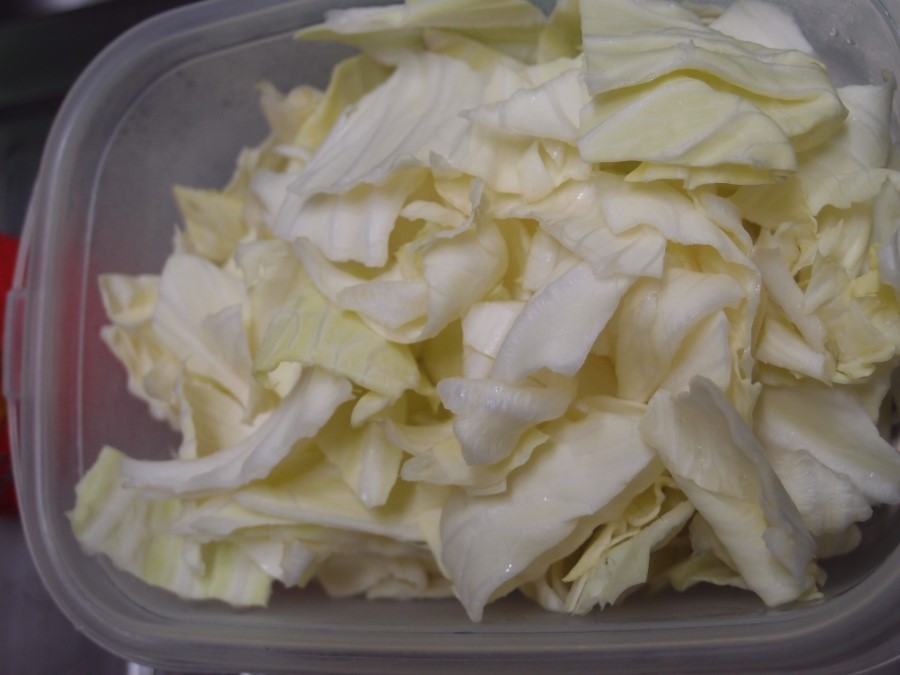 STEP 2/8It's spaghetti with soy sauce, so to add spicy taste, cut peppers, cut paprika, and put eggplants in it.
STEP 2/8It's spaghetti with soy sauce, so to add spicy taste, cut peppers, cut paprika, and put eggplants in it.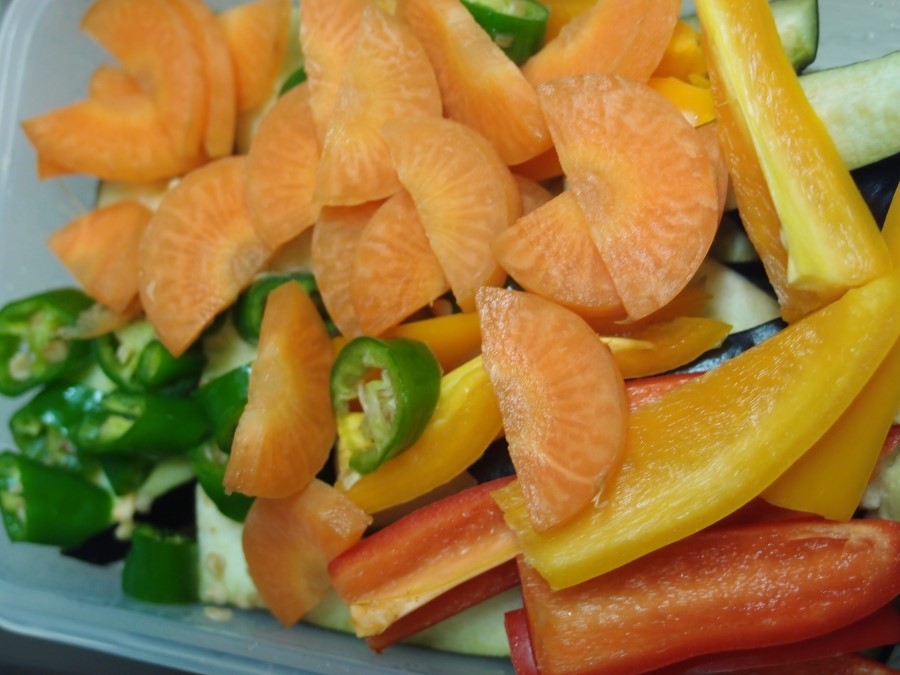 STEP 3/8Put minced garlic, green onions, and herb powder in a heated pan and stir-fry them once.
STEP 3/8Put minced garlic, green onions, and herb powder in a heated pan and stir-fry them once.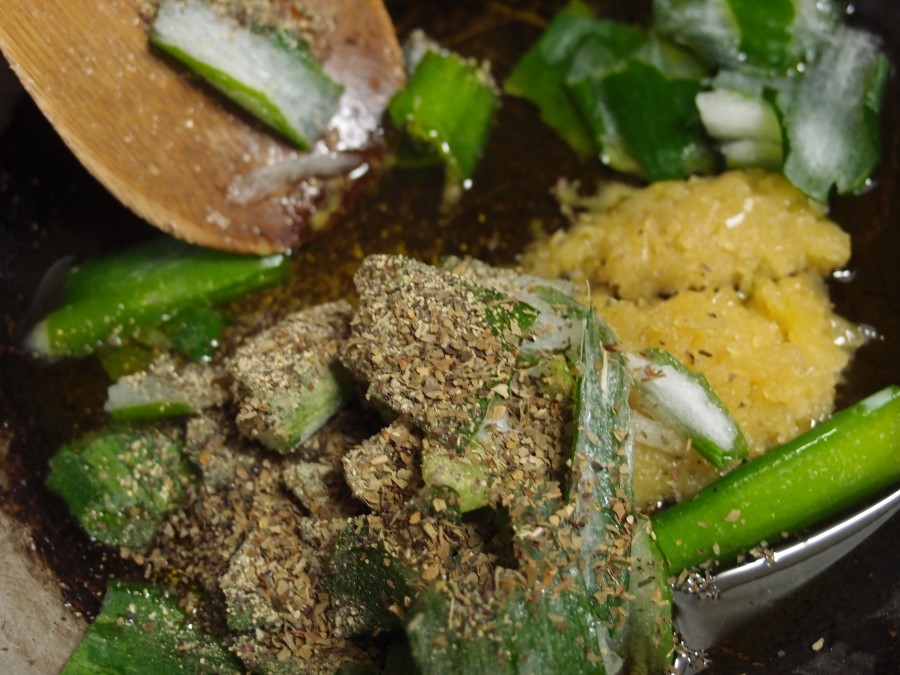 STEP 4/8First, stir-fry seafood on a heated pan.
STEP 4/8First, stir-fry seafood on a heated pan.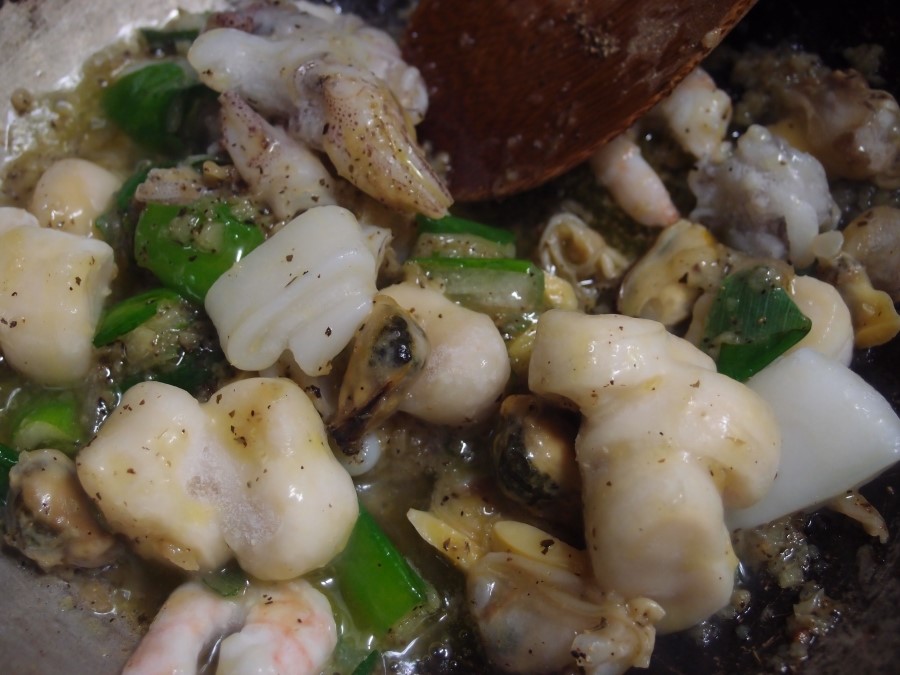 STEP 5/8When the seafood is cooked to a certain extent, add vegetables and stir-fry them together. I didn't put the broth separately because the water comes out of the vegetables.
STEP 5/8When the seafood is cooked to a certain extent, add vegetables and stir-fry them together. I didn't put the broth separately because the water comes out of the vegetables.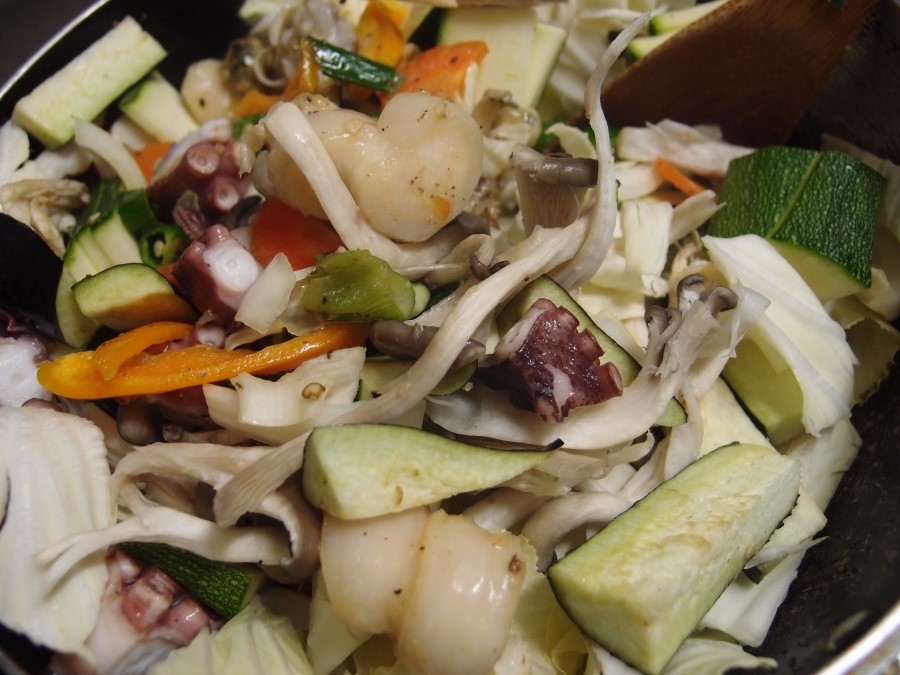 STEP 6/8First, add a little salt and boil water. When the water boils, add spaghetti noodles and cook.
STEP 6/8First, add a little salt and boil water. When the water boils, add spaghetti noodles and cook. STEP 7/8When it's done, strain it through a sieve and mix it well with olive oil.
STEP 7/8When it's done, strain it through a sieve and mix it well with olive oil.
I boiled spaghetti noodles in advance, so I sprayed olive oil because I was afraid the noodles would get tangled up, but if you take it out of the noodle water and put it in the sauce, you don't have to sieve it and you can do it without olive oil.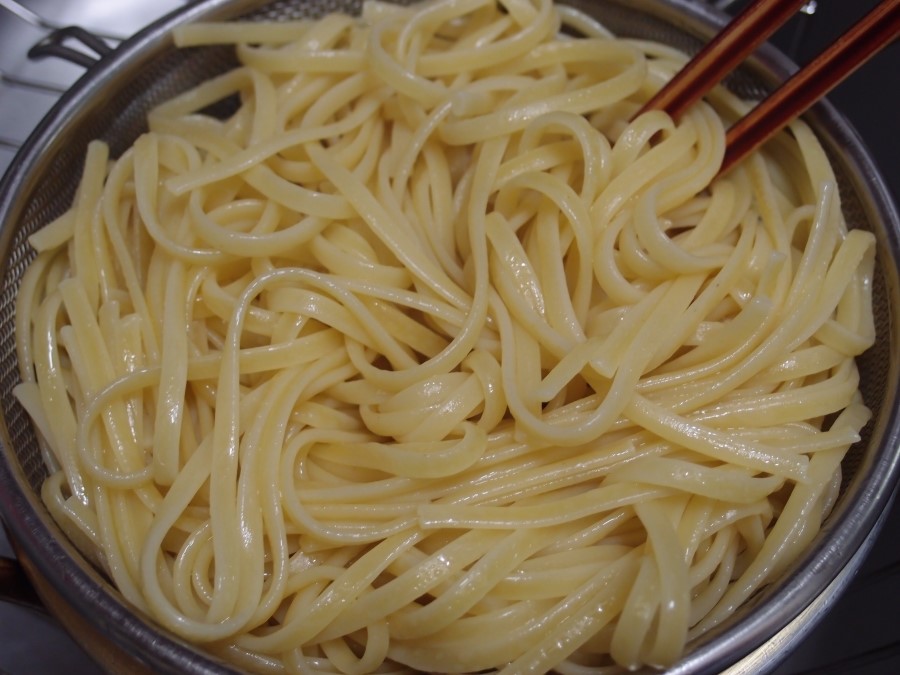 STEP 8/8Lastly, add the sauce and stir-fry it one more time, then add the spaghetti noodles and mix well. Stir-fry it quickly, turn off the heat, and add sesame oil to complete the Chinese-style spaghetti.
STEP 8/8Lastly, add the sauce and stir-fry it one more time, then add the spaghetti noodles and mix well. Stir-fry it quickly, turn off the heat, and add sesame oil to complete the Chinese-style spaghetti.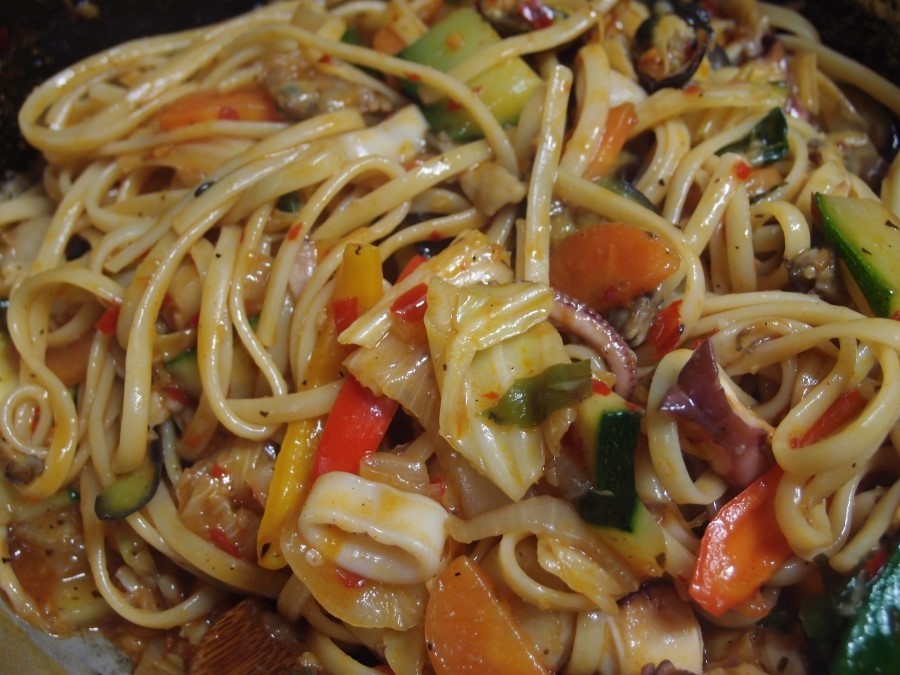 Rinse the frozen seafood in cold water, drain it, and stir-fry it. If you boil spaghetti noodles and put them in the sauce right away, you don't need to add olive oil, but if you can't make the sauce because it's crazy, sprinkle olive oil to prevent the noodles from sticking together, so that they don't stick together, and keep the noodles sticky.
Rinse the frozen seafood in cold water, drain it, and stir-fry it. If you boil spaghetti noodles and put them in the sauce right away, you don't need to add olive oil, but if you can't make the sauce because it's crazy, sprinkle olive oil to prevent the noodles from sticking together, so that they don't stick together, and keep the noodles sticky.
- Bibimbap Recommended recipe
-
-
1
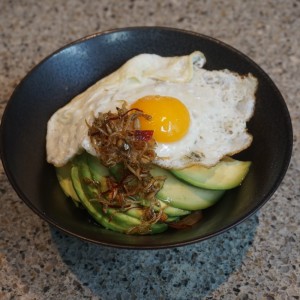 Cooking as I want @Avocado Bibimbap4.64(11)
Cooking as I want @Avocado Bibimbap4.64(11) -
2
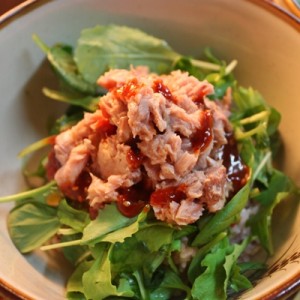 Tuna young leaf bibimbap5.00(7)
Tuna young leaf bibimbap5.00(7) -
3
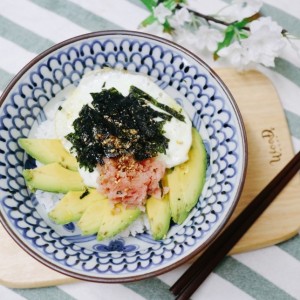 The menu that the actress ate. Super simple avocado pollack bibi4.98(49)
The menu that the actress ate. Super simple avocado pollack bibi4.98(49) -
4
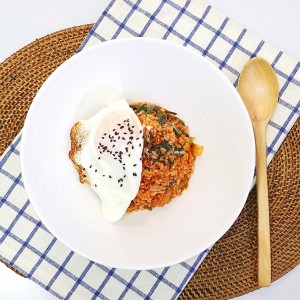 [Honbab Menu] How to make simple young radish bibimbap, how to m4.88(98)
[Honbab Menu] How to make simple young radish bibimbap, how to m4.88(98)
-
- Japchae Recommended recipe
-
-
1
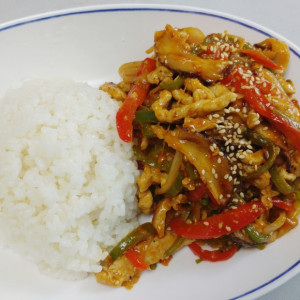 Making red pepper japchae / red pepper japchae rice tastes like5.00(16)
Making red pepper japchae / red pepper japchae rice tastes like5.00(16) -
2
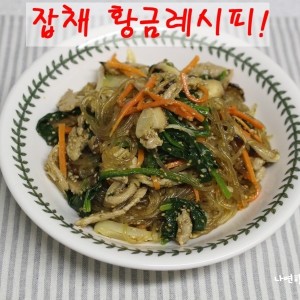 The golden recipe for japchae4.88(32)
The golden recipe for japchae4.88(32) -
3
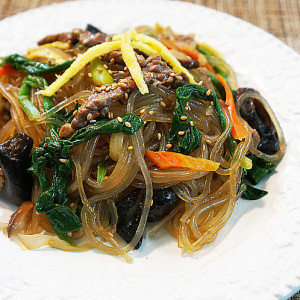 Making delicious japchae, beef japchae that doesn't get soggy5.00(14)
Making delicious japchae, beef japchae that doesn't get soggy5.00(14) -
4
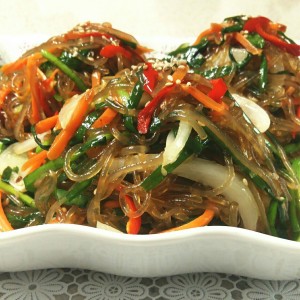 Chives and japchae4.89(27)
Chives and japchae4.89(27)
-